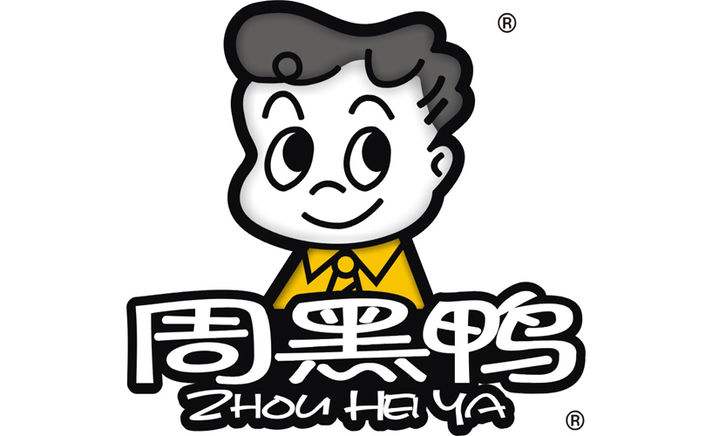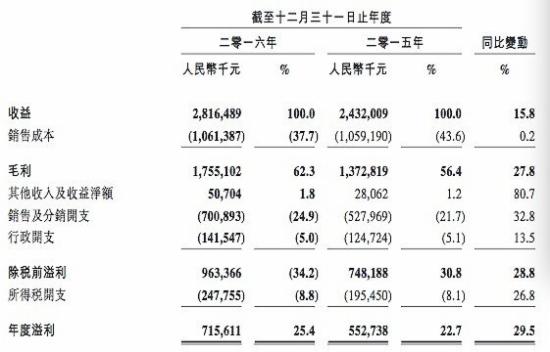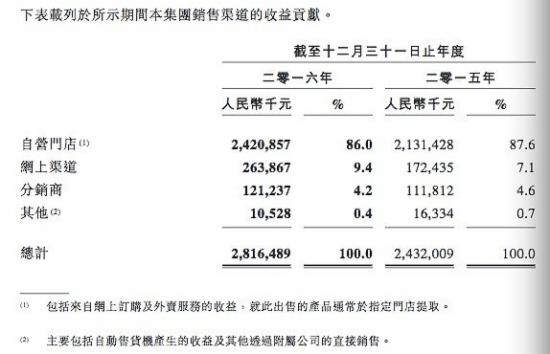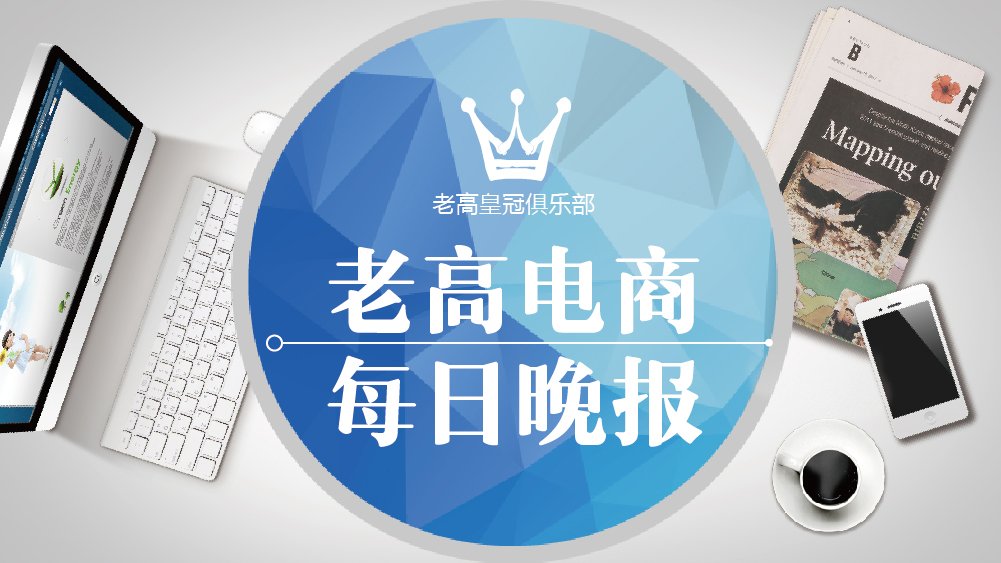Zhou Hei Ya, which is listed in Hong Kong, released its annual results as of December 31, 2016. During the reporting period, the Group achieved revenue of approximately RMB 2.816 billion, an increase of 15.8% from RMB 2.432 billion in the same period last year; the company's owners' annual profit attributable to RMB 715 million, an increase of approximately RMB 552 million in the same period last year.

Zhou Heiya proposed in his annual report that in 2017, he will also focus on improving the store network in East China and North China in terms of store expansion. Another feature is that among the 778 stores of Zhou Hei Ya, 204 are transportation hub stores. The total sales brought by this type of store to Zhou Hei Ya reached 1.05 billion yuan, accounting for 37.4% of its total revenue.

Zhou Hei Ya said that the demand in the casual braised products industry has created opportunities for it to improve its performance. According to Furnos Sullivan data, the total retail sales of casual braised products in China increased from 23.2 billion yuan in 2010 to 64.2 billion yuan in 2016, with an average annual compound growth rate of 18.5%. Moreover, the gross profit of casual braised products is relatively high, and Zhou Hei Ya's gross profit margin has improved from 56.4% in 2015 to 62.3% in 2016. In addition to the positive factors in the industry, Zhou Hei Ya has expanded into new markets through its store network. In the past year, Zhou Hei Ya has entered eight new cities, including Chongqing, Suzhou, etc. As of the reporting period, Zhou Hei Ya has 778 stores in 43 cities across the country, 641 stores in the previous year.
From the perspective of regional distribution and contribution rate, Central China is still the main regional market of Zhou Hei Ya, accounting for about 66.6% of the total revenue in 2016. In particular, the revenue growth in East China reached 56.6%, mainly due to the rapid expansion of the self-operated store network in the region.

The chart of sales share among various channels shows that although e-commerce accounts for less than 10%, sales increased from 172 million yuan in 2015 to 264 million yuan, an increase of 53%.

In this regard, Zhou Heiya specifically mentioned that e-commerce was one of its key businesses in 2017, and by strengthening cooperation with e-commerce platforms and takeaway platforms, it will attract young customer groups. However, despite the large market, the duck necks face common problems, one is that the threshold for counterfeiting is low, and the other is food safety. Once food safety issues arise, they will have a significant impact on both brand and performance.
Duck neck is so popular. On February 24 this year, the China Securities Regulatory Commission issued IPO approval documents of 10 companies, and another Juewei Food, which uses duck neck as its main product, is also among them. After Huang Shanghuang and Zhou Heiya, Juewei will soon enter the capital market.
Thank you for your attention and support to Laogao Crown Club . Please indicate the source of the reprinting website www.shxuanming.net










 EN
EN CN
CN
